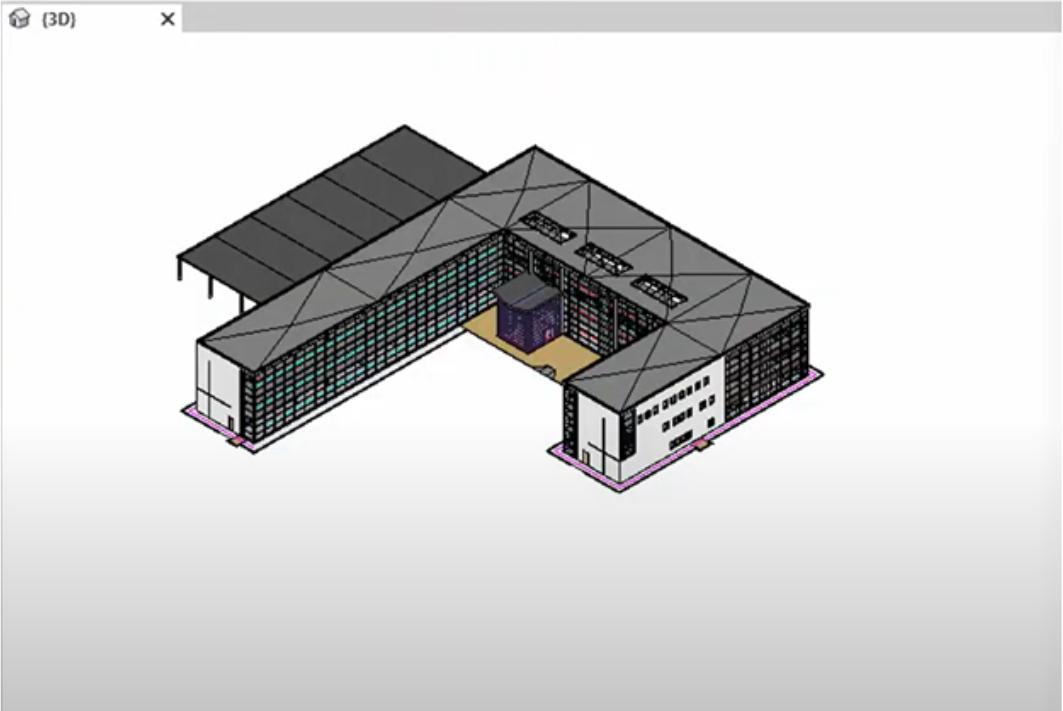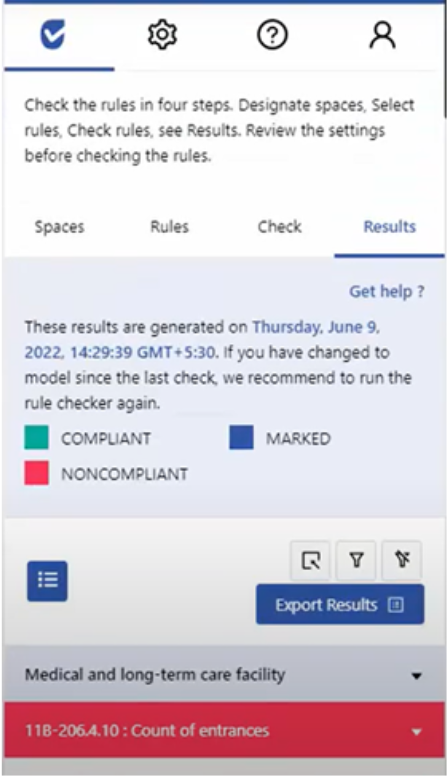In the dynamic realm of architectural design and construction, where precision and compliance
reign supreme, Bureau Veritas emerges as a global leader dedicated to ensuring that every
edifice meets the highest standards. This commitment, while noble, often presents challenges
that demand innovative solutions. In this illuminating #2 Success Story, we delve into how
Bureau Veritas harnessed the prowess of automation to streamline the intricate process of
building compliance verification, reshaping their operations, and creating a more accessible
world.
Customer Challenge: Navigating the Complex Landscape of Compliance
For an organization like Bureau Veritas, standards and compliance aren't mere buzzwords;
they're the bedrock of their reputation. However, ensuring compliance with a labyrinth of
regulations and guidelines is no small feat. The validation and certification provided by Bureau
Veritas play a pivotal role in enhancing an organization's credibility and attracting discerning
clients. Yet, compliance verification posed a significant challenge, demanding rigorous checks
across various dimensions, including safety, quality, efficiency, and sustainability.
In the face of this challenge, Bureau Veritas recognized that automating compliance verification
could herald a new era of efficiency. This automated approach promised real-time monitoring,
swift data scanning, and instantaneous alerts for non-compliance, allowing facilities to
safeguard their reputation, meet legal obligations, and maintain sky-high standards.
Project Goals: Elevating Compliance and Accessibility
Within the vast tapestry of building compliance, Bureau Veritas embarked on two distinct
journeys:
For their 'Buildings & Infrastructure' division in France, the goal was to streamline the meticulous
process of verifying compliance with diverse building standards. Manual checks were the norm,
scrutinizing elements such as height, floor count, and wall layers. Additionally, this French team
had the arduous task of confirming intricate details like wall construction accuracy, sprinkler
placement, and the functionality of exit stairs and doors.
On the other side of the Atlantic, the North American unit focused on an equally crucial aspect
of compliance - accessibility. Their mission was to automate checks that ensured buildings
were seamlessly navigable for individuals with mobility challenges, such as those reliant on
wheelchairs. This involved assessing factors like ramp inclines, accessible parking spaces, and
the fluid movement between floors, particularly in healthcare settings.

Solution: Automating Excellence with Revit
The quest for a streamlined compliance verification process culminated in the creation of an
automated checker, designed to revolutionize the way Bureau Veritas approached compliance
assessment. At the heart of this transformation was Revit, a versatile and powerful tool that
introduced a rule-based approach to modeling.
Revit became the conduit through which compliance checks transcended manual limitations.
Models were imported, and the magic of automation was set in motion with the activation of
specific rules. The results were a visual representation of compliance - areas passing the
checks were adorned in vibrant green, while those needing attention were adorned in cautionary
red. This intuitive interface empowered users to swiftly identify deviations, initiate improvements,
and ensure accuracy - all within a fraction of the time it would have taken through manual
checks.
Business Outcome: A Symphony of Efficiency and Accessibility
The ramifications of automation reverberated across the corridors of Bureau Veritas. By
liberating their teams from labor-intensive manual checks, the organization witnessed a surge in
productivity and efficiency. The French and North American divisions were now unburdened,
able to divert their energies toward tasks of paramount significance.
The integration of Revit's rule-based modeling heralded a new era of compliance verification.
Iterative enhancements flowed seamlessly, with necessary modifications made until the model
aced all compliance checks. This not only expedited the process but also ensured that buildings
surpassed even the most rigorous standards, resulting in structures of unparalleled quality and
accessibility.

Conclusion: Carving a Path of Innovation
In the realm of architectural compliance, Bureau Veritas stands tall as a testament to innovation.
The transition from manual checks to an automated verification system is a testament to the
transformative potential of technology. By embracing Revit's rule-based modeling, they
harnessed efficiency, accuracy, and accessibility, reshaping the very landscape of compliance
verification.
The success story of Bureau Veritas underscores a fundamental truth: Innovation is a
collaborative symphony. It is the harmonious blend of advanced technologies, expert insights,
and a relentless pursuit of excellence. Through this orchestration, Bureau Veritas has not only
streamlined their operations but also etched their name in the annals of compliance verification.
Project Summary:
Delivery Date: 2019-2020
Duration: 1+ year
Autodesk Solutions: Revit APIs, Autodesk Apps ecosystem
Services Provided: Revit
Customer Industry: Architecture, Engineering, and Construction (AEC), Standards, and
Compliance
Recent posts




